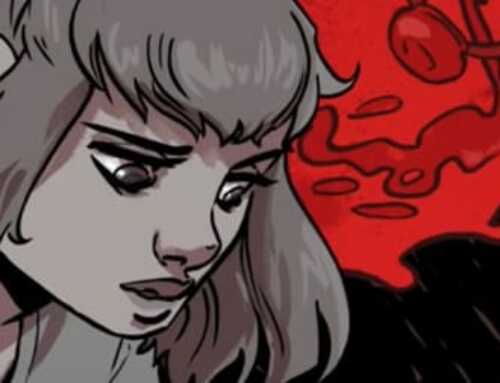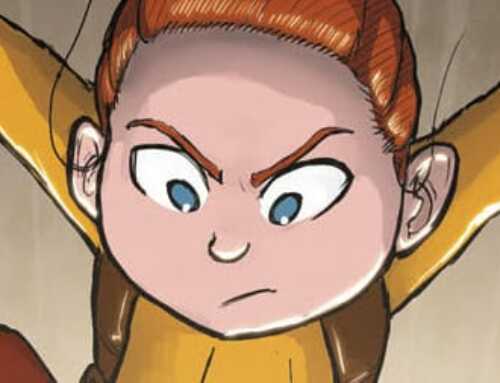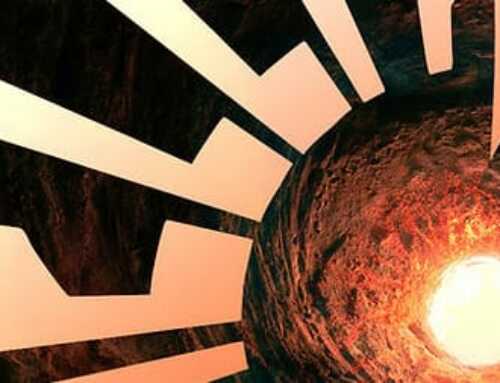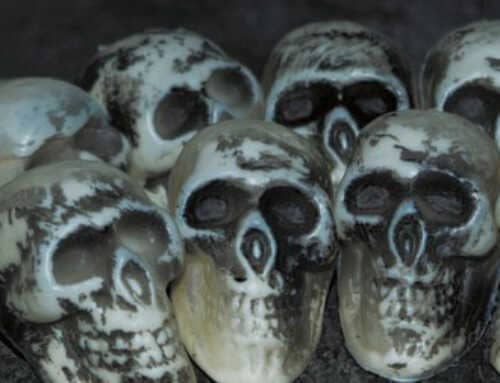Family Tree #3 cranks the weirdness way up and is immediately more interesting for it. If before the series was one to remain cautiously optimistic about, the third issue cements Family Tree as required reading for fans of the weird, the abstract, and the unexplainable. It’s nice to see this series switch focus just enough to recapture the weirdness that made the first issue stand out.
the weirdness way up and is immediately more interesting for it. If before the series was one to remain cautiously optimistic about, the third issue cements Family Tree as required reading for fans of the weird, the abstract, and the unexplainable. It’s nice to see this series switch focus just enough to recapture the weirdness that made the first issue stand out.
The book opens in the interior of a giant tree– Meg is led through what appears to be some sort of hollow root network by the voice of her estranged (dead?) father. These early pages are captivating, as pitch-black negative space is used to frame distinct rooms within the tree which house strangers from very different eras and walks of life. The weird tree dimension is dreamlike and serene. It’s the kind of setting that makes the reader want to explore it and it’s a welcome, totally off the wall diversion from the bustle of New York City, where the main cast finds themselves in search of a cure for Meg’s condition.
In the real world, Judd has taken the family to see a doctor who has some understanding of the condition which has taken hold of Meg and which previously afflicted her father. Along the way, we get to see just a bit more of the weird vigilante crew that has been pursuing Judd. These characters feel more sinister now if only because their ill intent contrasts a lot with the peaceful tree world where Meg seems to retreat to as the condition worsens and the adults around her bicker.
Family Tree #3 is just plain fun to read. Where the previous issue didn’t feel concerned with advancing the story at all, the pace at which #3 doles out information feels pretty close to perfect– we don’t learn a whole lot, but it feels like we’ve established more of a heading for the narrative and as though things are properly in motion now. There’s still a long way for the series to go and, as with all weird fiction, a lot of ways for it to go awry, but for now Family Tree is an easy recommend for fans of the strange and I’m genuinely excited to see what happens next.
9 out of 10 subconscious tree dimensions







